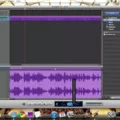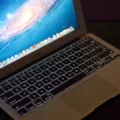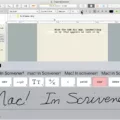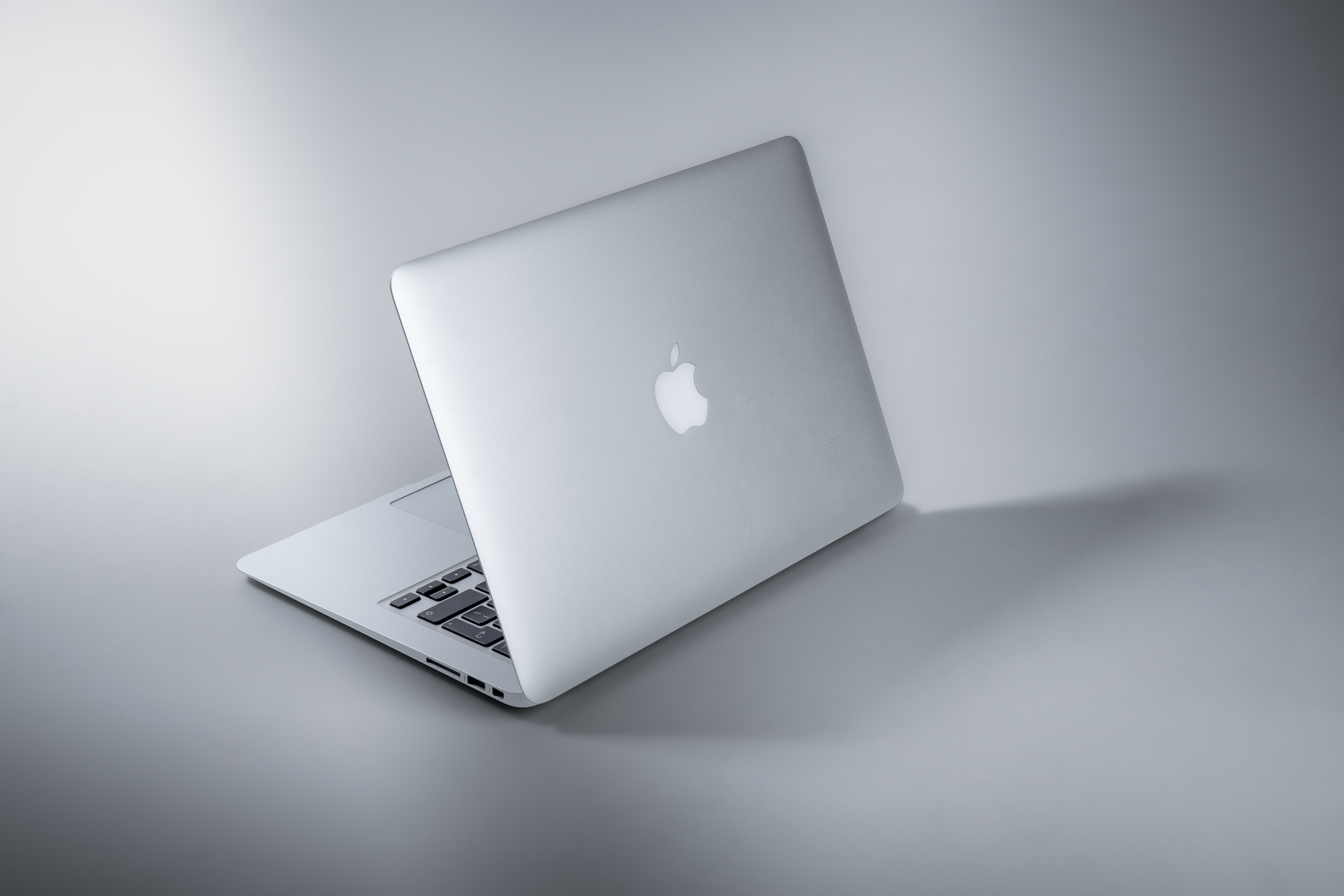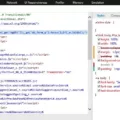The Mac USB keyboard is a popular choice among MacBook Pro users who prefer the convenience and comfort of an external keyboard. Whether you’re a writer, a programmer, or simply someone who spends a lot of time typing, having a reliable keyboard is essential for productivity. However, like any other piece of technology, USB keyboards can sometimes encounter issues. In this article, we will explore how to reset an external MacBook Pro keyboard and troubleshoot common problems with Mac USB keyboards.
Resetting an external MacBook Pro keyboard is a simple process that can help resolve minor issues such as unresponsive keys or connectivity problems. To reset your keyboard, follow these steps:
1. Disconnect the external keyboard from your MacBook.
2. In Finder, choose your hard drive under Devices.
3. Open the Library folder, then navigate to Preferences.
4. Find the file named ‘com.apple.keyboardtype.plist’ and move it to the Trash.
5. Empty the Bin to permanently delete the file.
6. Reconnect your external keyboard and let Keyboard Setup Assistant set it up.
By resetting the keyboard, you are essentially clearing any previous settings or configurations that may be causing the issue. This can often resolve minor glitches and restore normal functionality to your USB keyboard.
However, if resetting the keyboard does not solve the problem, there are a few additional steps you can take to troubleshoot the issue. First, check the hardware of your keyboard. Ensure that all cables are properly connected, and there are no visible signs of damage or wear. If you are using a battery-powered keyboard, make sure the batteries are fresh or fully charged.
If the hardware appears to be in good condition, try plugging the keyboard directly into a USB port on your Mac, bypassing any USB hubs or adapters. Sometimes, connectivity issues can arise when using third-party accessories or adapters, so connecting the keyboard directly to the Mac can help identify if this is the cause of the problem.
Additionally, you may want to check the keyboard settings on your Mac. Go to System Preferences and select Keyboard. In the lower-right-hand corner, click on Modifier Keys. From the Select keyboard drop-down menu, choose your external keyboard. Here, you can customize the behavior of modifier keys such as Command, Control, Option, and Shift.
If the problem persists, it may be worth trying the keyboard on another computer to determine if the issue is with the keyboard itself or your Mac. If the keyboard works fine on another device, it could indicate a compatibility issue or a software problem on your Mac.
Troubleshooting issues with a Mac USB keyboard involves resetting the keyboard, checking hardware connections, and adjusting keyboard settings. By following these steps, you can often resolve common problems and regain the full functionality of your external keyboard. Remember to always keep your keyboard clean and well-maintained to prevent any potential issues in the future.
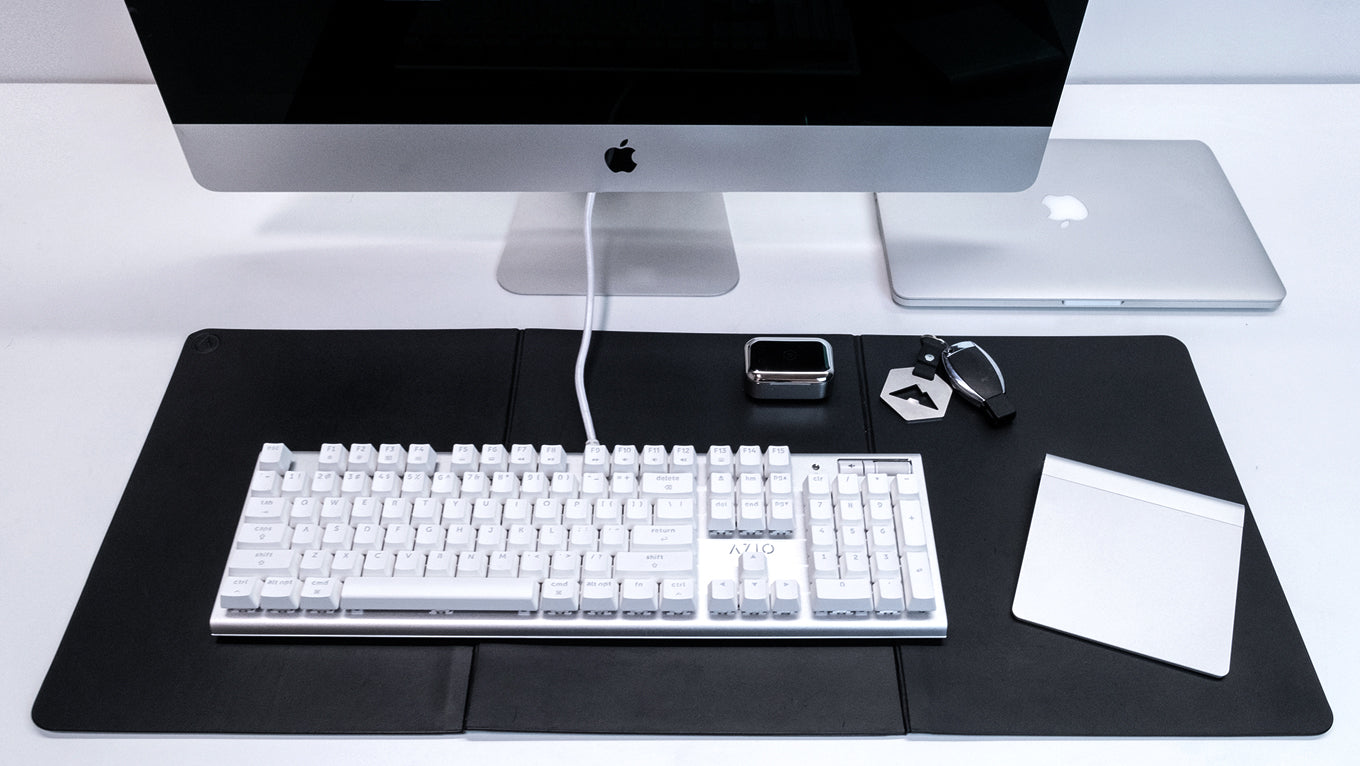
How to Reset Your USB Keyboard On Your Mac?
To reset your USB keyboard on your Mac, you can follow these steps:
1. Disconnect the USB keyboard from your Mac.
2. Open Finder and select your hard drive under the “Devices” section.
3. Navigate to the “Library” folder and then open the “Preferences” folder.
4. Look for a file named “com.apple.keyboardtype.plist” and move it to the Trash.
5. Empty the Trash to permanently remove the file.
6. Now, reconnect your USB keyboard to your Mac.
7. The Keyboard Setup Assistant will automatically launch and guide you through the setup process for your keyboard.
By following these steps, you should be able to reset your USB keyboard on your Mac and ensure it functions properly.
How to Turn On Your USB Keyboard On Your Mac?
To turn on your USB keyboard on a Mac, you need to follow these steps:
1. Connect your USB keyboard to one of the available USB ports on your Mac.
2. Go to the Apple menu located in the top-left corner of your screen and click on “System Preferences.”
3. In the System Preferences window, click on the “Keyboard” icon.
4. Once the Keyboard preferences panel opens, click on the “Modifier Keys…” button located in the lower-right corner.
5. A new window will appear, displaying a drop-down menu labeled “Select keyboard.” Click on the drop-down menu and choose your USB keyboard from the available options.
6. After selecting your keyboard, you can modify the behavior of the modifier keys (Caps Lock, Control, Option, Command) if desired. This step is optional.
7. Once you have made any necessary changes, click on the “OK” button to save your modifications and close the window.
8. Close the Keyboard preferences panel.
9. Your USB keyboard should now be turned on and ready to use with your Mac.
Remember to ensure that your USB keyboard is properly connected and that the cable is securely plugged into the USB port. If the keyboard is still not working, you may need to check if the keyboard is compatible with your Mac or try using a different USB port.
How to Get Your USB Keyboard to Work On Your MacBook Pro?
To connect a USB keyboard to your MacBook Pro, follow these steps:
1. Check the ports on your MacBook Pro: If you have an older model, you will likely have USB-A ports. In this case, simply plug the USB cable of the keyboard into any available USB-A port on your MacBook Pro. If you have a newer model with USB-C ports only, you will need a USB-C to USB-A adapter.
2. Purchase a USB-C to USB-A adapter: If your MacBook Pro has USB-C ports, you’ll need to buy a USB-C to USB-A adapter. These adapters allow you to connect USB-A devices, such as a keyboard, to your MacBook Pro. You can find these adapters at most electronics stores or online retailers.
3. Plug in the USB keyboard: Once you have the necessary adapter (if required), plug the USB cable of the keyboard into the USB-A port of your MacBook Pro or the USB-C to USB-A adapter. Make sure the connection is secure.
4. Wait for the keyboard to be recognized: Your MacBook Pro should automatically recognize the USB keyboard and install any necessary drivers. If the keyboard doesn’t work immediately, try restarting your MacBook Pro to allow it to detect the device.
5. Test the keyboard: After the keyboard is connected and recognized, test it by typing on it. Open a text editor or any application that requires keyboard input to ensure that the keyboard is functioning properly.
That’s it! Your USB keyboard should now be working on your MacBook Pro. If you encounter any issues, double-check the connections and make sure the keyboard is compatible with your MacBook Pro model.
Why is Your USB Keyboard Not Working?
There could be several reasons why your USB keyboard is not working. Here are some possible causes and solutions:
1. Faulty USB port: Check if the USB port you’re using is working properly. Try plugging in another USB device to see if it is recognized. If not, try using a different USB port on your computer.
2. Loose connection: Ensure that the USB cable connecting the keyboard to the computer is securely plugged in on both ends. Sometimes, loose connections can cause the keyboard to stop working.
3. Driver issues: Check if the keyboard drivers are installed correctly. Go to the Device Manager on your computer and look for the keyboard under the “Keyboards” section. If there is a yellow exclamation mark or a red cross next to it, it indicates a driver problem. Right-click on the keyboard and select “Update driver” to install the latest drivers.
4. Compatibility issues: Make sure that your keyboard is compatible with your computer’s operating system. Some keyboards may not work correctly or require special drivers for certain operating systems.
5. Power issues: If your keyboard is a wireless or Bluetooth device, ensure that it has sufficient power. Replace the batteries or charge the keyboard if needed.
6. Hardware damage: Check for any physical damage to the keyboard or its cable. Damaged cables or keys can cause connectivity issues. If there is damage, consider getting a replacement keyboard.
7. BIOS settings: In some cases, the USB keyboard may not work if the BIOS settings are not configured correctly. Restart your computer and enter the BIOS settings by pressing the designated key (usually Del or F2) during startup. Look for any settings related to USB devices and ensure they are enabled.
8. Software conflicts: Certain software programs or drivers may conflict with the keyboard’s functionality. Try restarting your computer in Safe Mode to see if the keyboard works without any other software running. If it does, you may need to uninstall or update conflicting programs.
If none of these solutions work, it is possible that your keyboard is defective and may need to be replaced. Consider contacting the manufacturer or a technician for further assistance.
Conclusion
Using a Mac USB keyboard is a straightforward process. Whether you are using a wired keyboard or an external keyboard, the setup is relatively simple.
For a wired keyboard, all you need to do is plug it into one of the Mac’s USB ports. If you have a newer MacBook with USB-C ports, you may need to purchase an adapter to connect the keyboard.
If you are experiencing any issues with your keyboard, there are a few troubleshooting steps you can take. First, check the hardware to ensure that all cables are properly connected and not damaged. Additionally, make sure that any battery-powered devices are fully charged or have fresh batteries.
If your keyboard is still not working, you can try disconnecting it from your Mac and resetting it. This can be done by going to Finder, selecting your hard drive, opening the Library folder, and locating the preferences file. Delete this file and empty the Trash. Then, reconnect your keyboard and let the Keyboard Setup Assistant set it up.
Using a Mac USB keyboard is a convenient and efficient way to input information into your Mac. With proper setup and troubleshooting, you can ensure that your keyboard functions optimally for your needs.

